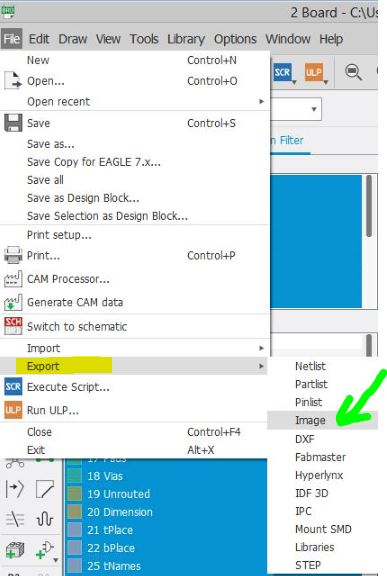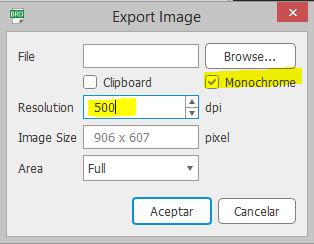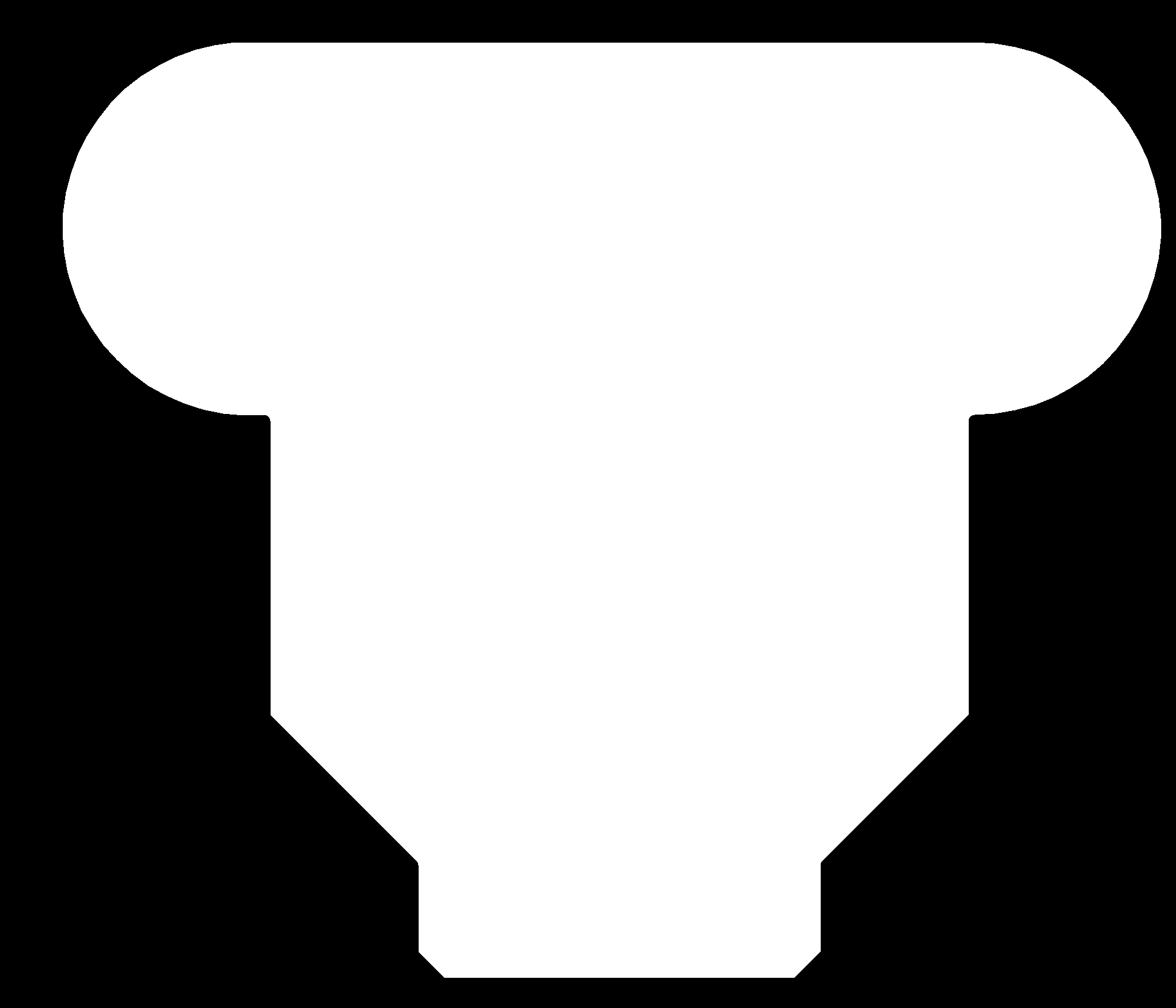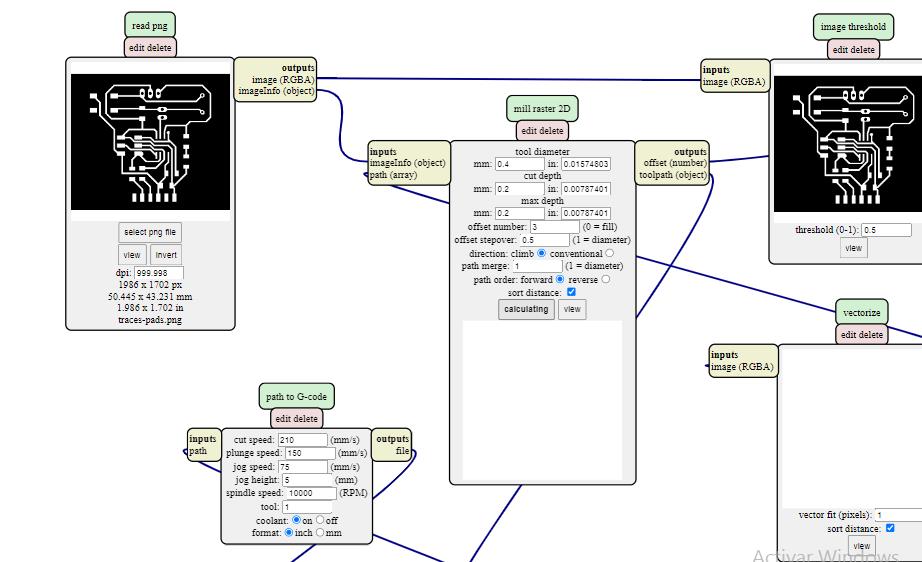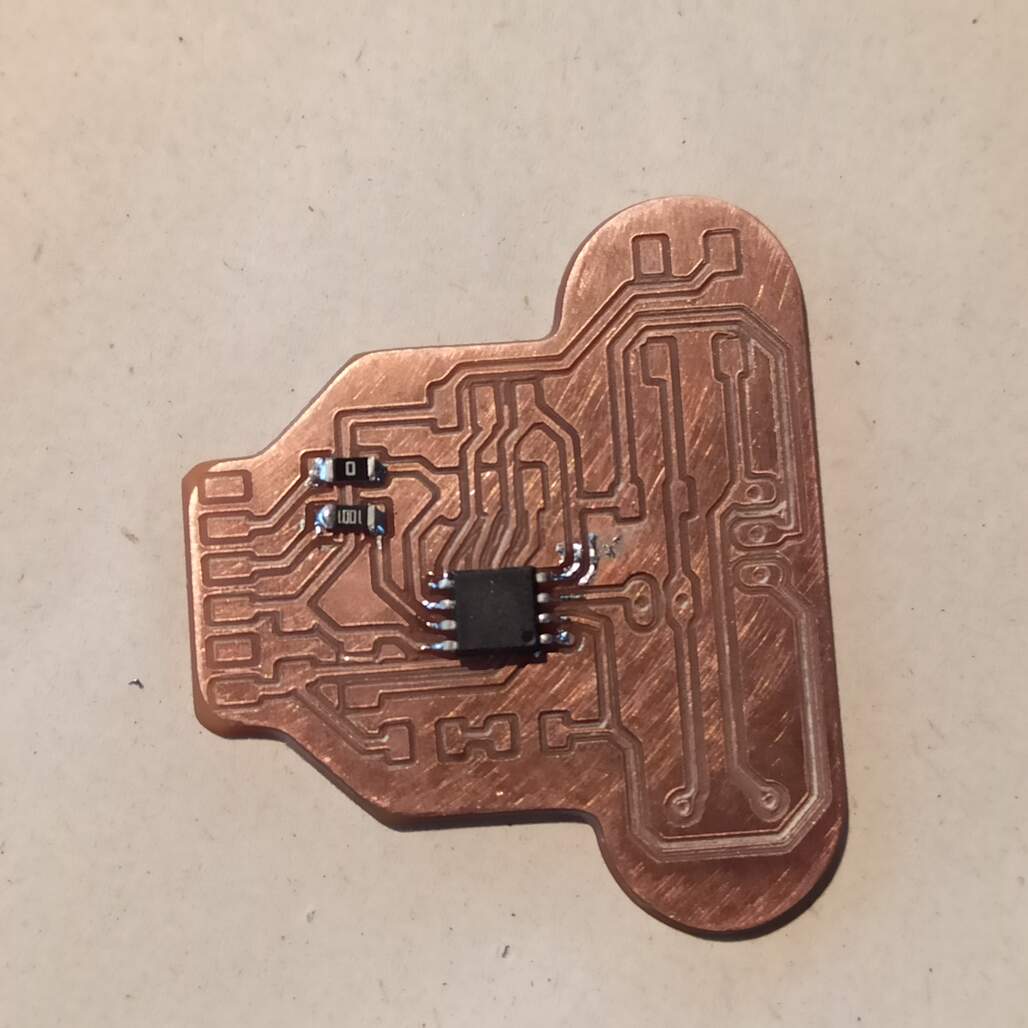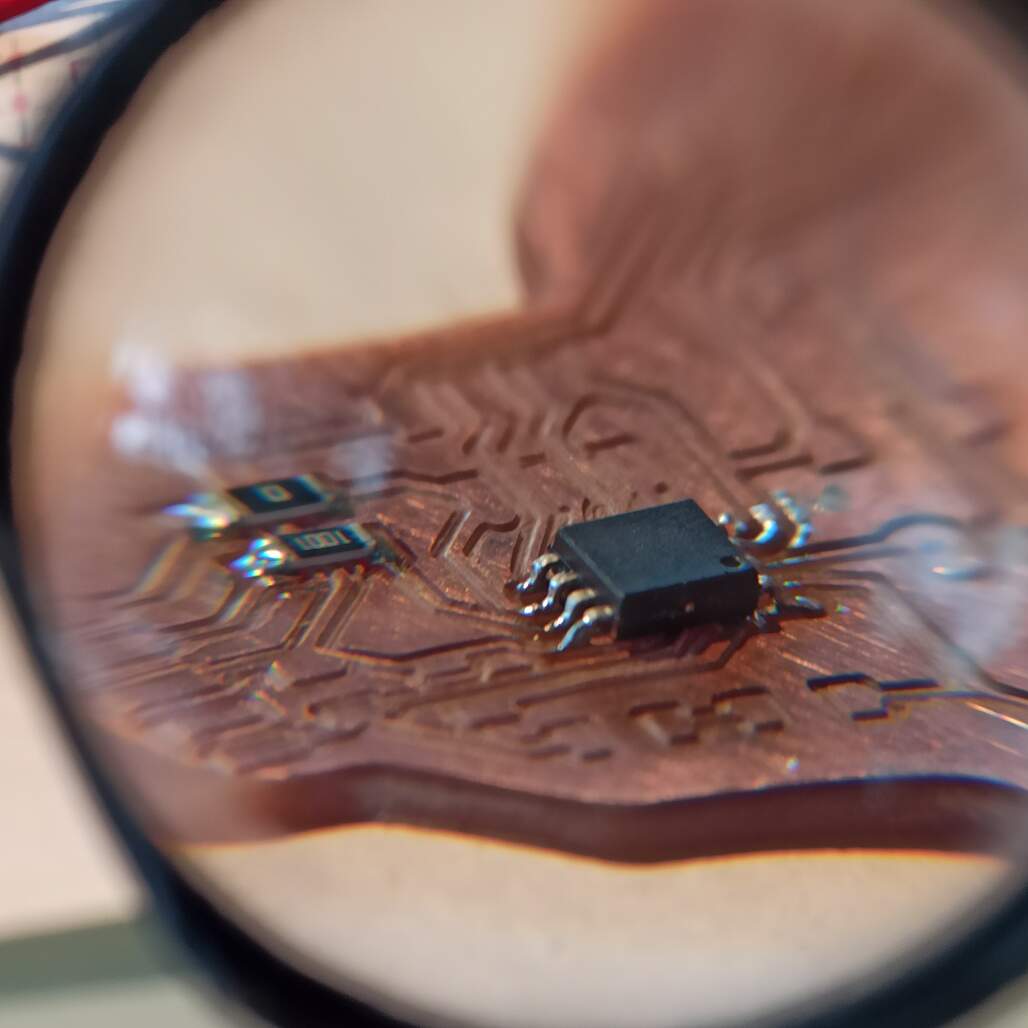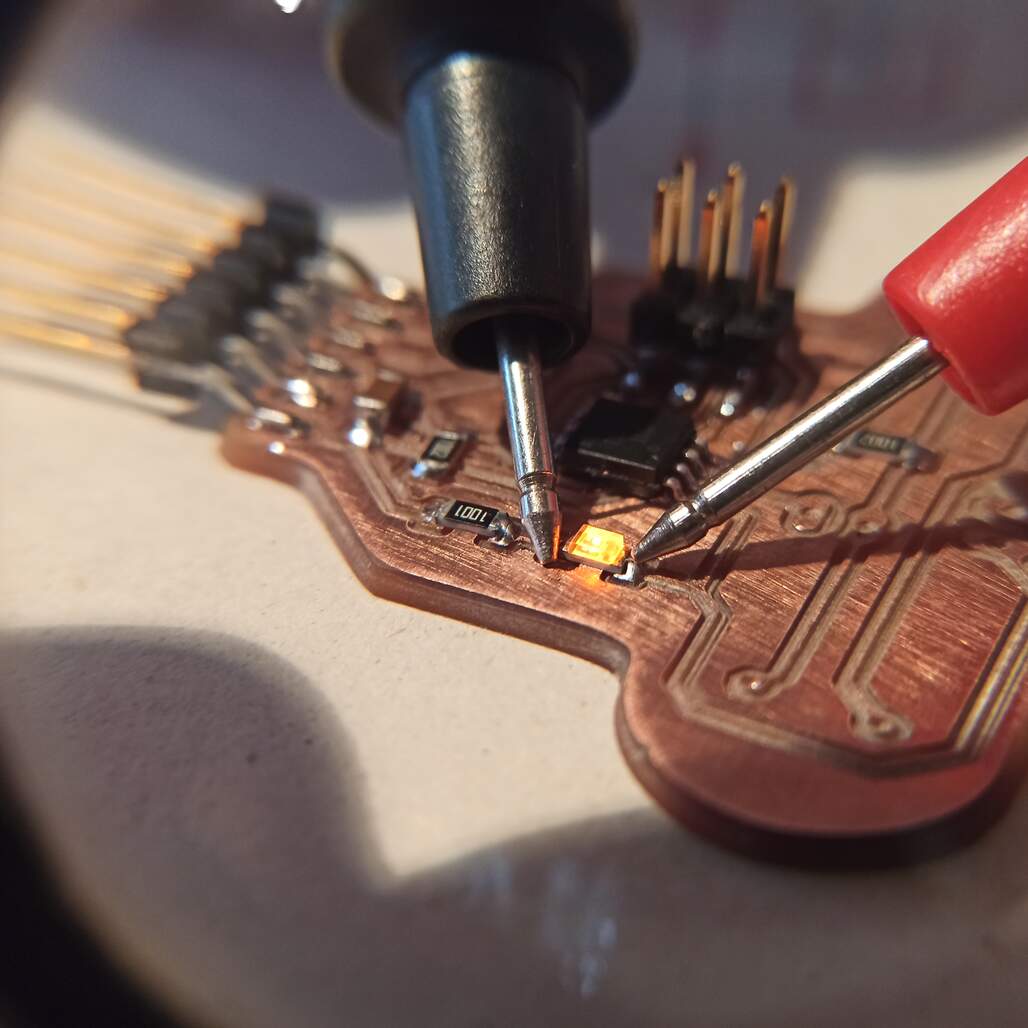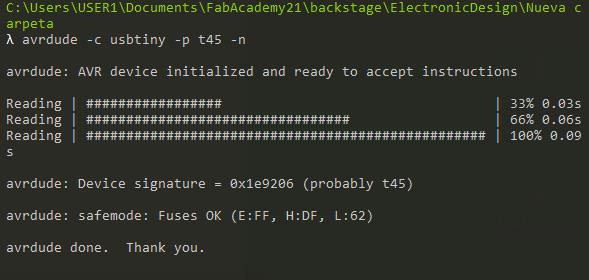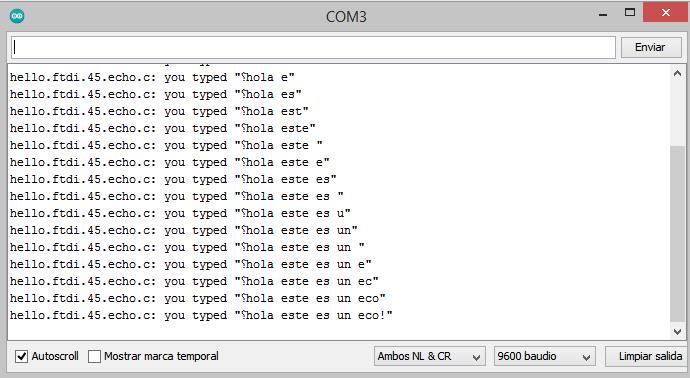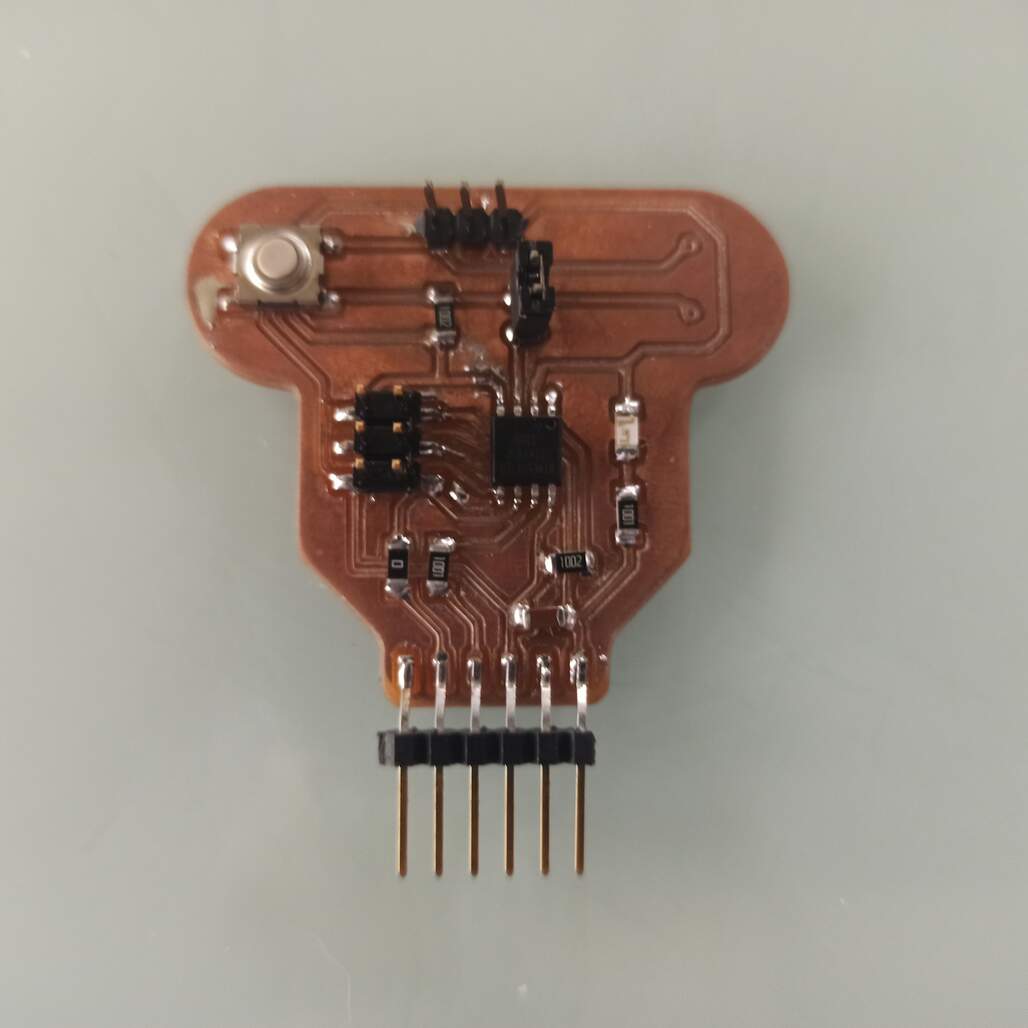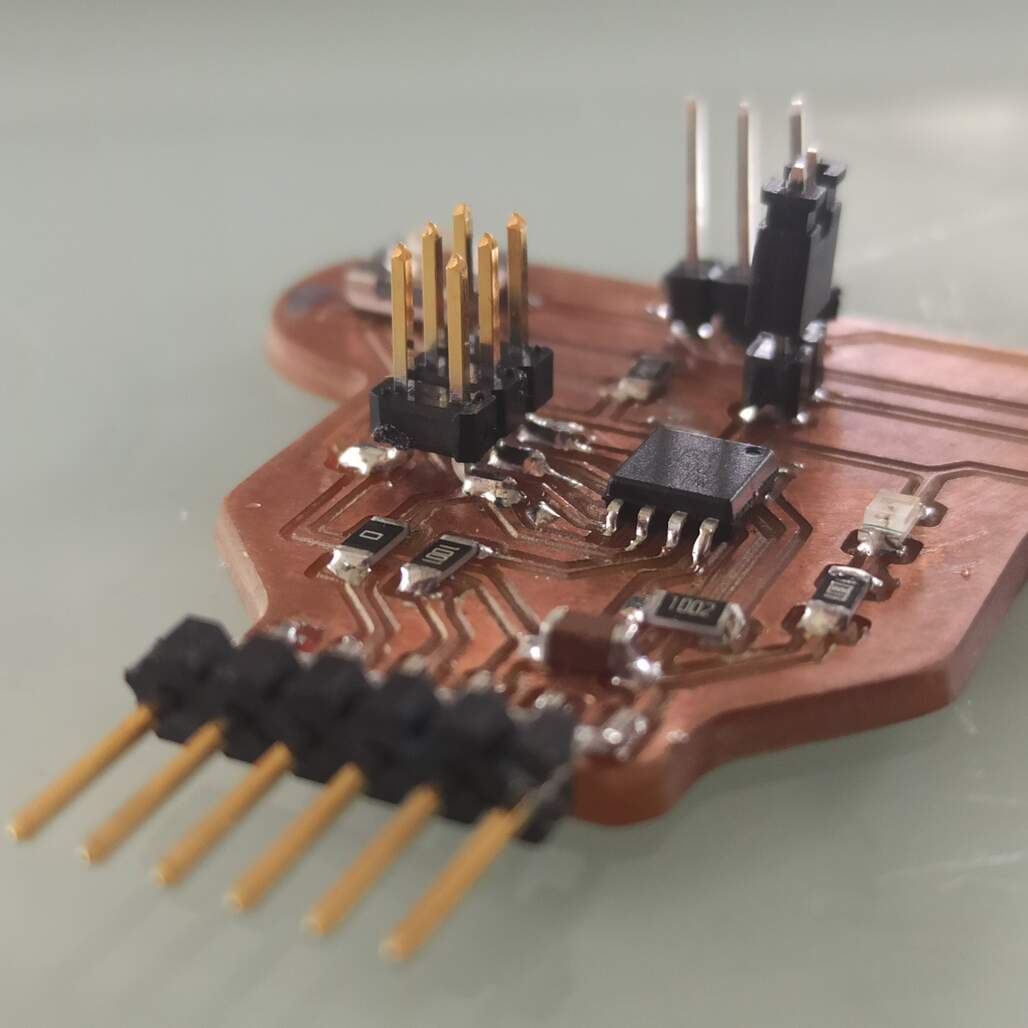Design a circuit board
When designing a circuit board is important to consider certain design rules. You first start by making a circuit schematic to do this is a good idea to have a diagram showing the board intended functions
Then you connect the different 'blocks' of the circuit to the MCU (if present), to finish your schematic. Then you have to create a board layout and wiring, planning where the traces go.
Using Eagle
I choose this program because it has a nice integration between the schematic and board workspaces, and this will help me as I'm not that familiar with electronics and probably I would have to change somethings on the fly and make several tries. Also, the integration with fusion 360 can be something nice to experiment with later.
After installing the program watch some tutorials on how to use the basics, like moving parts and right-clicking to rotate. The concept of layers and libraries. I download the Fab academy library for Eagle it can be found here. After some time figuring out how to import the library I succeeded.
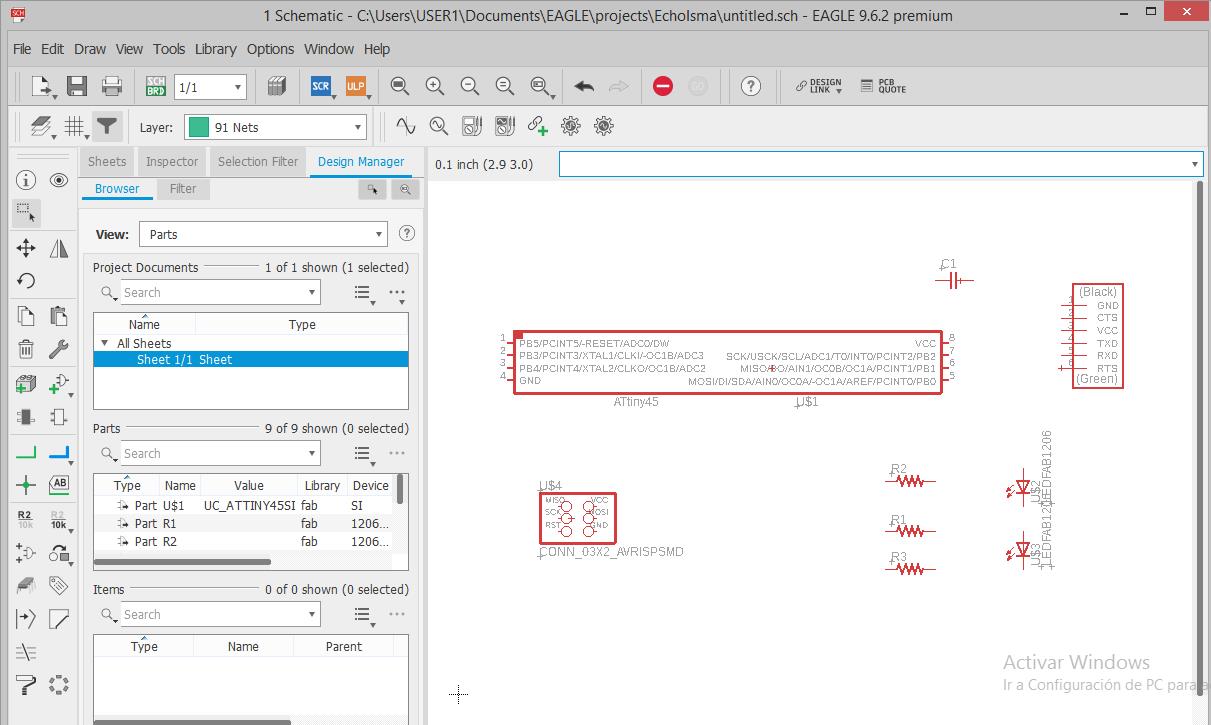
The next step was to insert all the components that I will need for my circuit, starting with the ATtiny45, in this step is crucial to choose the right parts and footprints

Then I connected using the net tool and also the label tag tool, which can help you to give a name to some nets, and also if two names match they will be connected, which can simplify the diagram and make it cleaner. This was used to connect the ISP header to the ATtiny45.
When the circuit schematic was complete I switched to the board workspace, while moving the components inside the board I realize that the LDR and the switch button can roughly reassemble eyes, so I decided to shape my board as a skull with the FTDI connector as teeth.
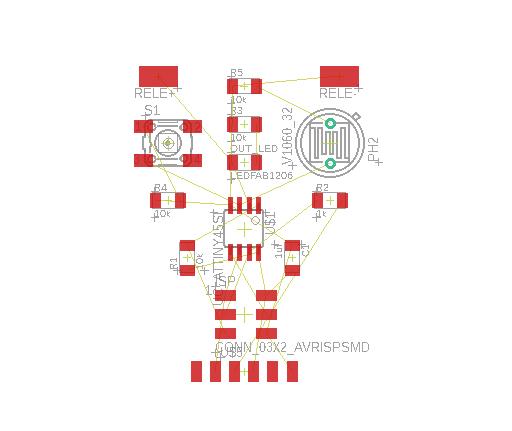

Wiring is something that takes me a while, is hard to start from nothing, so I imitate a bit the traces from the Neil echo board, adding traces and modifications to fit my needs.
I also have to include a 0K ohm resistor as a jumper to fit the VCC line underneath and use the switch button connected legs as a jumper.
Get the Eagle schematic file! Get the Eagle board file!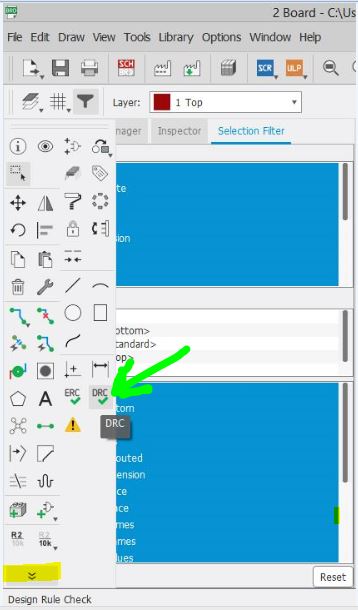
Also Eagle provide a tool called DRC (design rule check) that runs based on the setting and warns you about clearance and design issues that may affect the bard based on the manufacturing process used. At first I use only the default values. But then as I design more boards for other assignments this become a real useful tool.
This is specially used to check clearance, based on the milling tool, I use 0.4mm to ensure that at least two tool pases to facilitate soldering and avoid sorts.
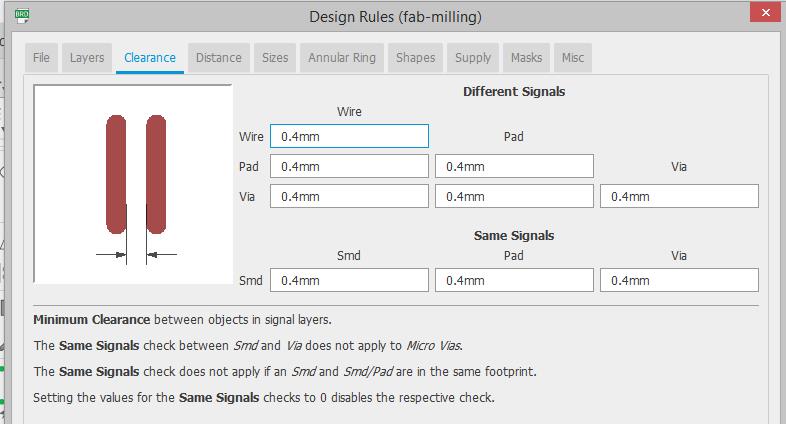
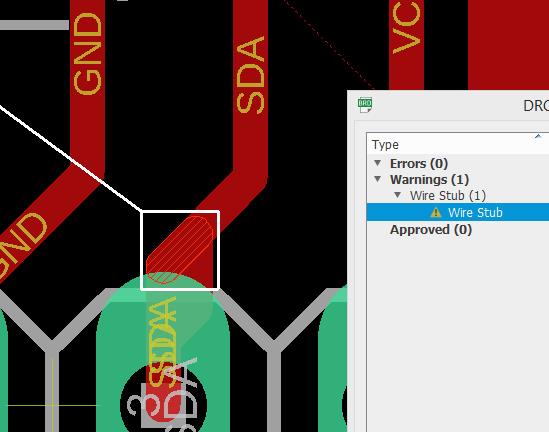
You can see the clearance settings used, and how it show a wire stub, to fix it I just delete some routes and re wire them.
Get the Eagle DRC config file!